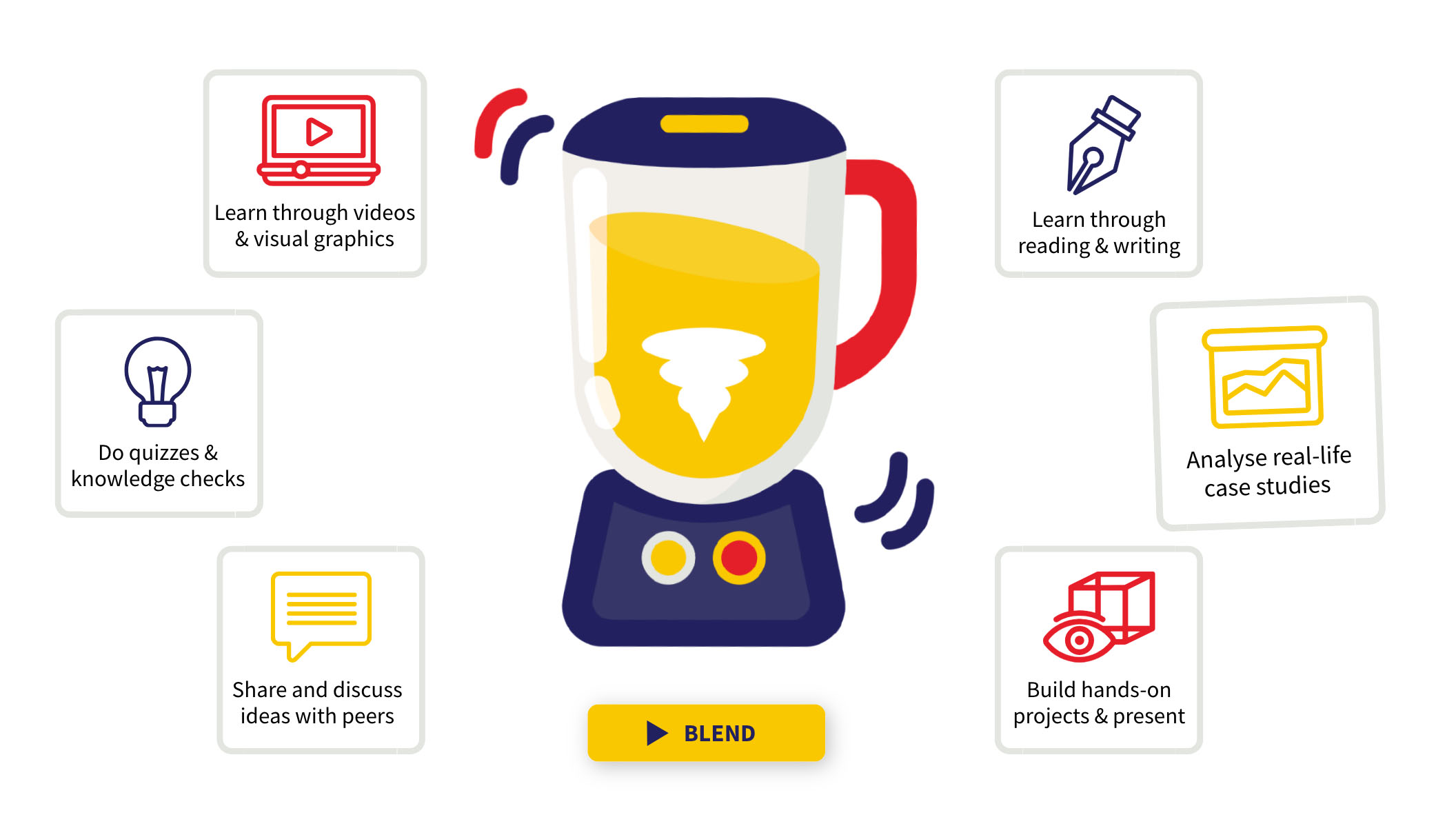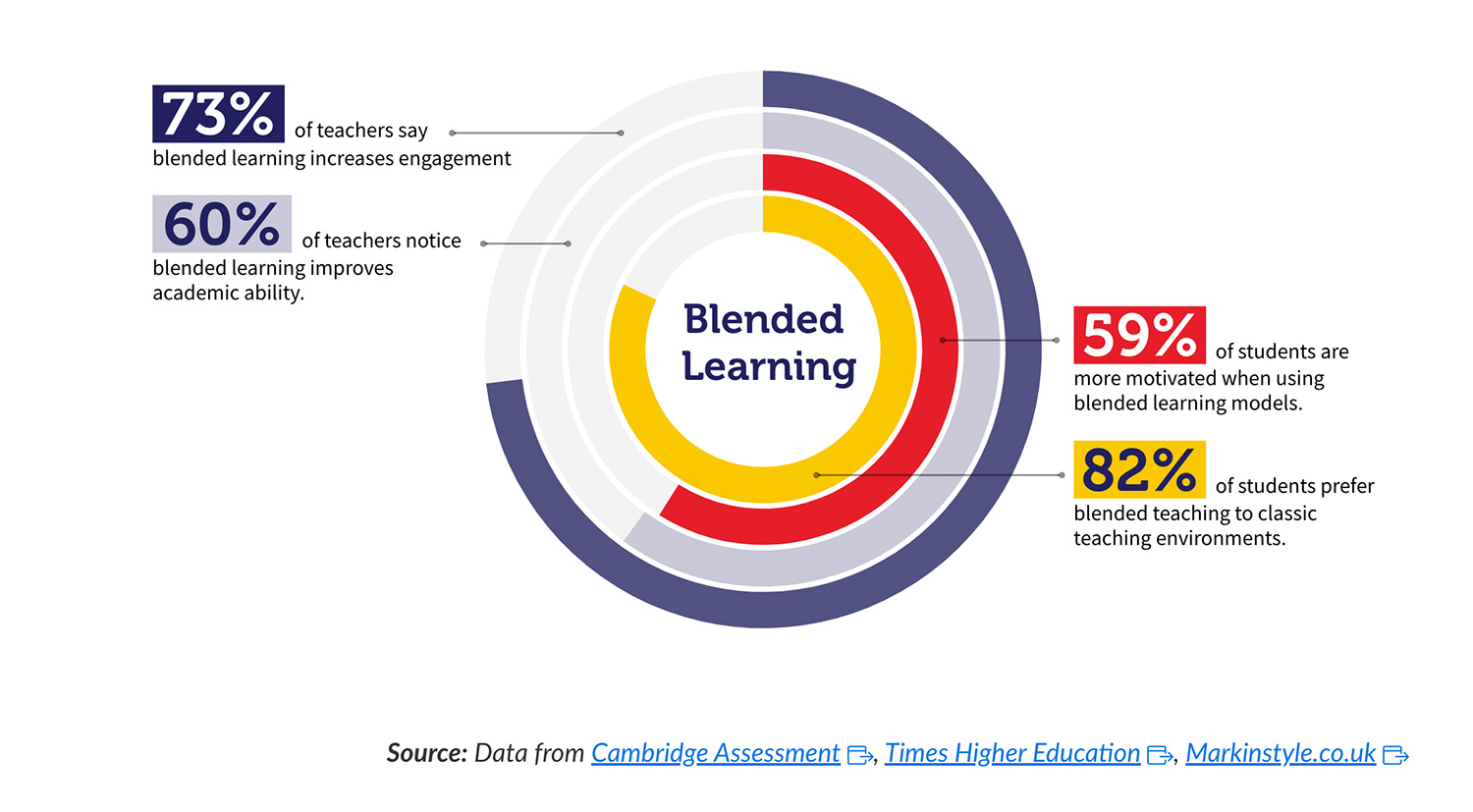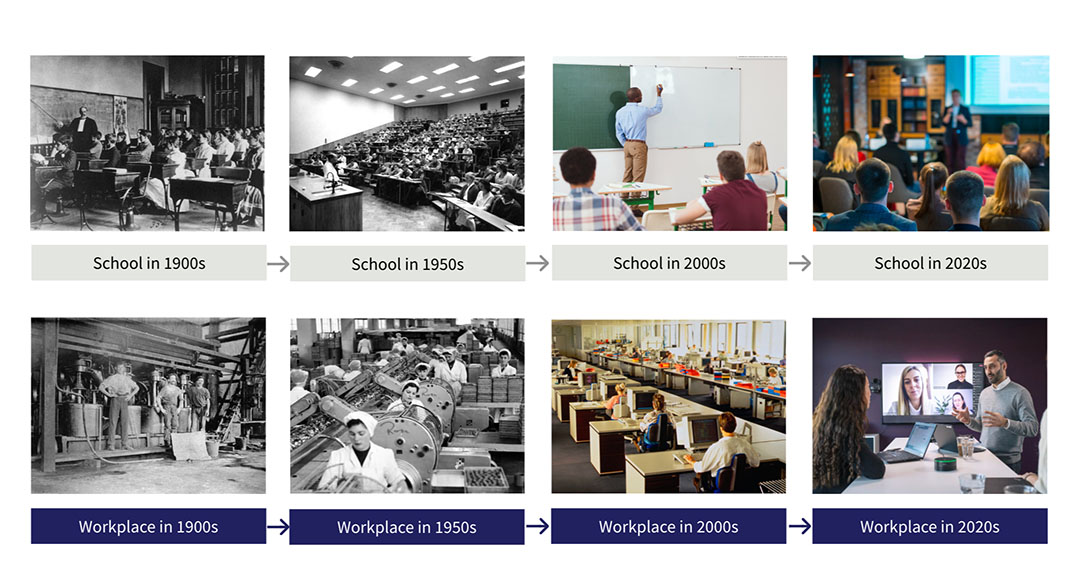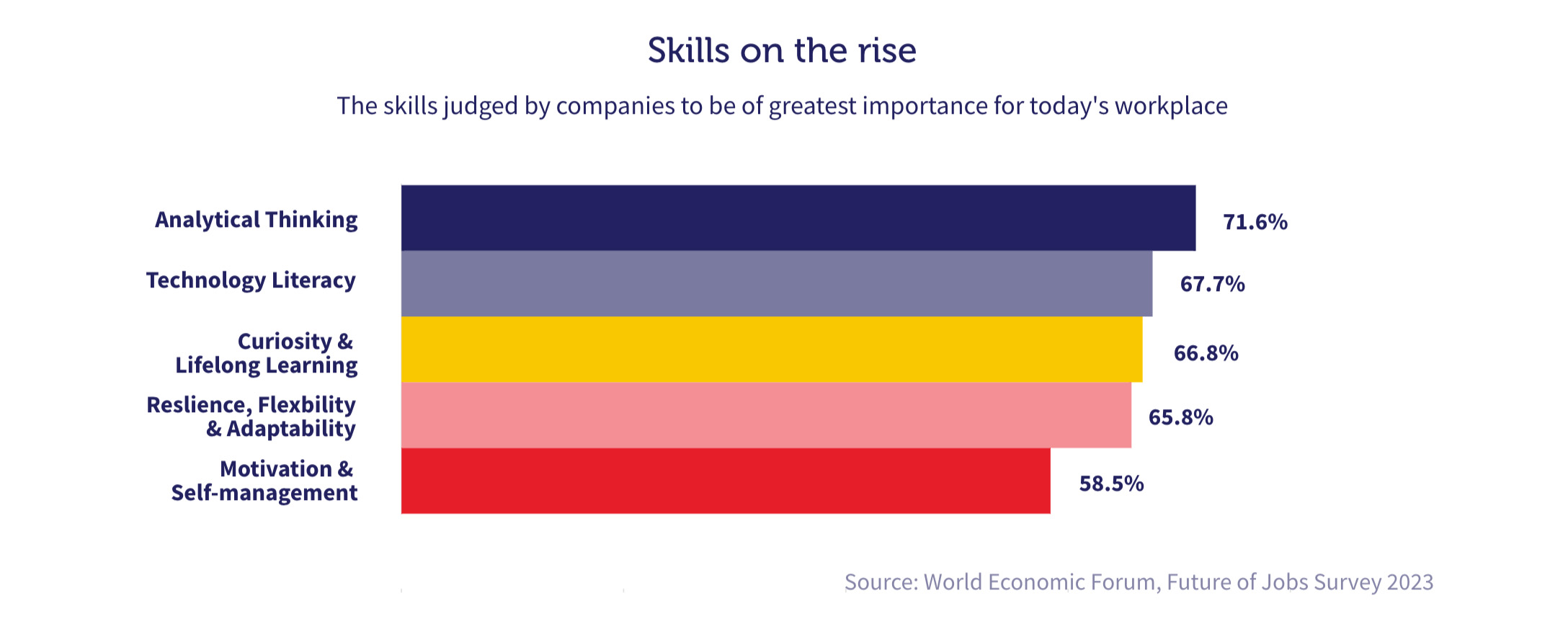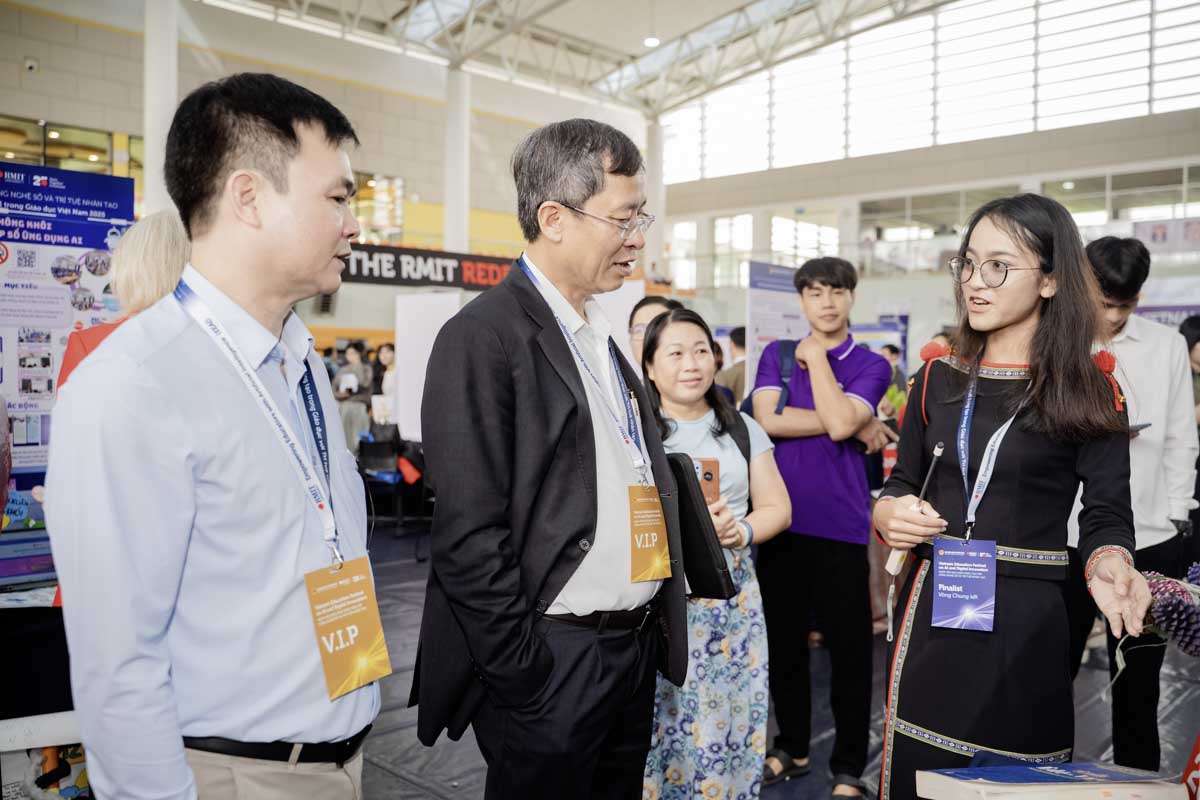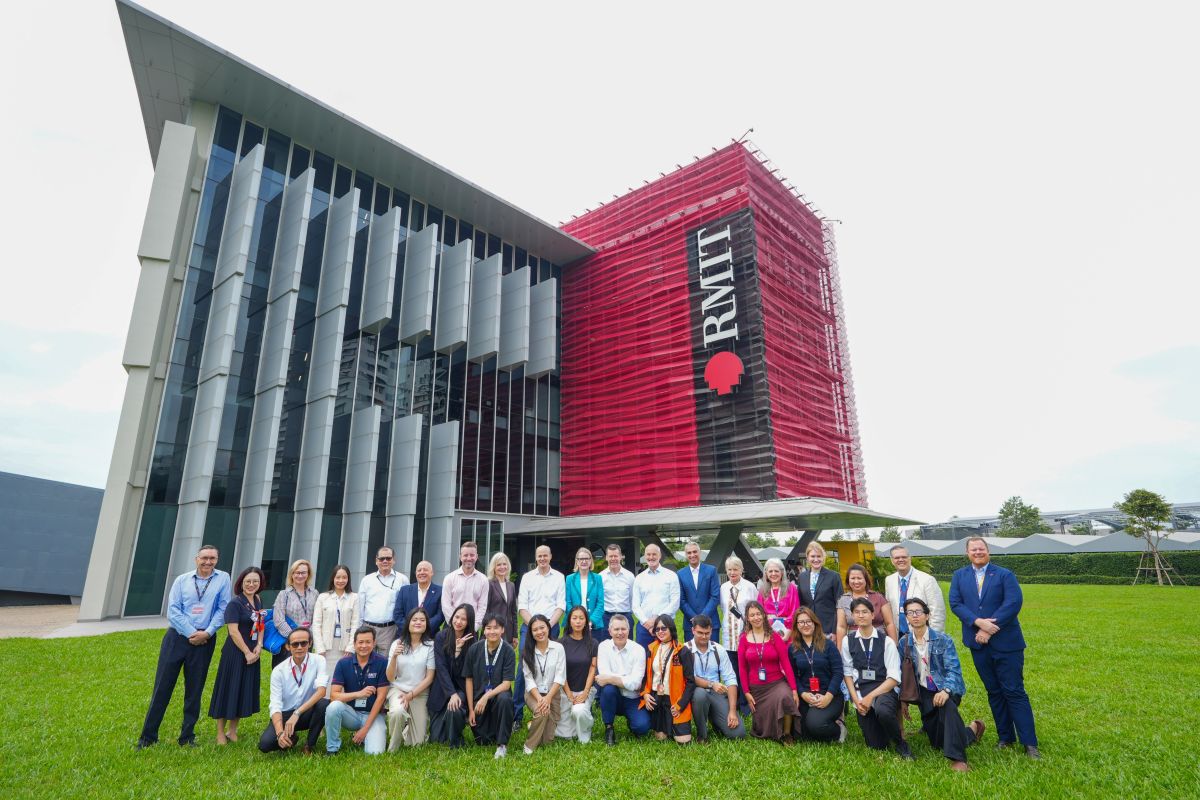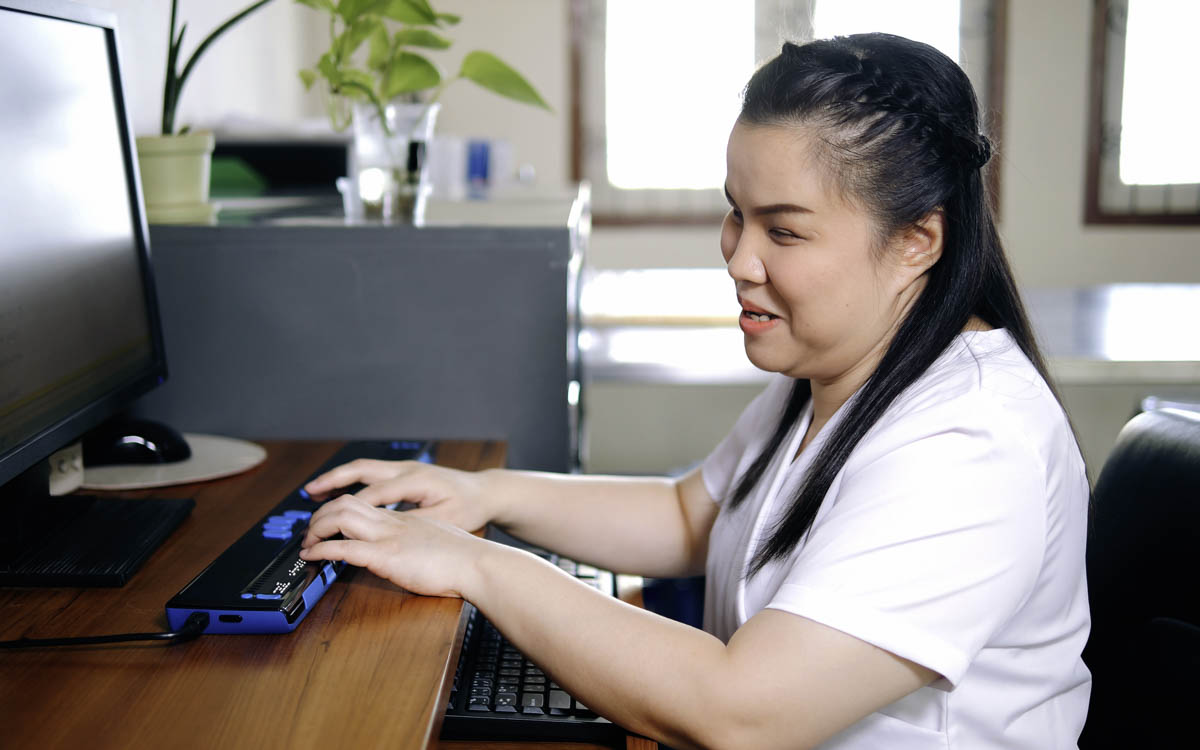At RMIT, blended learning has been widely adopted for many years. Supported by our specialist spaces, equipment and technologies, our blended learning is accessible, inclusive and connected. We have many tools in place to make sure our students can make the most out of this model so that their transition from university into working life is a smooth one.
We have a team of learning designers partnering with academics to develop those blended courses. They incorporate proven techniques like spaced repetition and frequent low-stakes knowledge checks to reinforce online material.
The goal is not to reduce teacher time, but to use it more effectively. To inspire creativity, critical thinking and skill mastery. We want teachers to focus on high-value human connections, not just transmitting information. With BL, students can have a mix of self-paced and collaborative learning, while teachers concentrate on mentorship and providing tailored guidance.
Comparing students who had a solely traditional education, and those who have studied and engaged in a blended learning model, we found the ones without opportunities to develop digital literacy and comfort with technology through blended models will be at a disadvantage.
They miss out on developing crucial abilities like time management, self-direction, and leveraging technology to enhance learning. They also lack experience with collaboration tools essential for the modern workplace. Relying solely on passive in-class lectures reduces active student engagement which fosters deeper and more memorable learning. It also prevents them from fully benefiting from essential hands-on learning experiences. The time spent on one-way information delivery could be better utilised to nurture vital skills like critical thinking and creativity.
One of RMIT’s goals is to equip our graduates with the skills they need to thrive in the 21st century, both in online and offline environments, in a professional manner. And blended learning has been a proven model which assists us to achieve such goal successfully.
Story: Ha Hoang
Credits: Content for this article has been sourced from the Blended Learning Canvas co-designed by the Online Learning team and The Business School, RMIT Vietnam.

